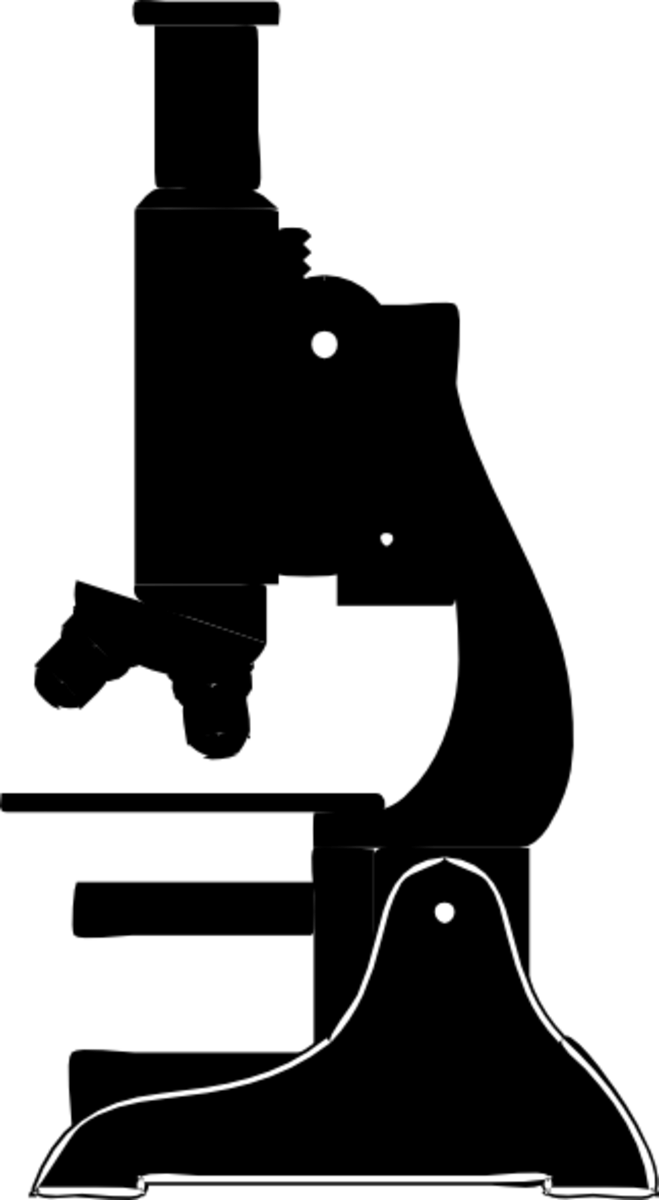Lay, Lie, Sit, and Set
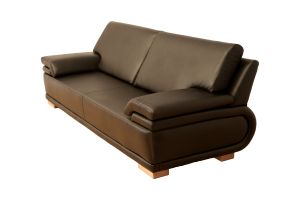
Word Cousins
Lay, Lie, Sit, and Set are all verbs that refer to potions and places. This makes them cousins of a sort.
You can see attached pictures of a bedstead (bed frame missing a mattress), a couch made from a car seat, a hammock and a meadow. People and your pet cat may LIE on or in any of these pieces of furniture.
The Conundrums of the Cousins
Much like the renowned Bob & Carol & Ted & Alice of the film of the same name, these word cousins Lie, Lay, Sit, and Set are confusing, confused, and too much intermingled without regard to proper application. This is how it seems to certain English language speakers and certainly must exasperate American children as they attempt to navigate the tangled matrix of English grammar in the classroom. I prefer Russian grammar, which has fewer rules in these instances and even prefer Klingon Battle Language above that - fewer words and no hidden meanings.
Some international students study English more intensely and thoroughly than do native speakers of English, learning many of these types of grammatical rules better than the rest of us. Some of us native American English speakers may never get them all right.
Lie & Lay and Sit & Set are confusing to some individuals, because these folks may stop and ask themselves "Which word is for a thing and which is for a person?" Does it really matter? According to the rules of English grammar, it does matter and mistakes of this type in written and spoken language will eliminate job applicants from some prospective new jobs. It may eliminate writers from seeing their works in publication, unless they have a good editor. It may cause others to think that we are stupid (actually, the word is ignorant or unsophisticated but "stupid" is more universally understood.)

To Lie
Lie, & Lay
To lie is an infinitive of the intransitive verb lie, in the meaning of making oneself prone (reclining) on a surface. It is intransitive because it means that the subject of the sentence is taking action. This verb means that the sentence subject (the doer) does nothing to anything or anyone else and does not, therefore, indicate a direct object. Simply, lie is something that a person, animal, robot or clockwork toy, even a cartoon inanimate object, does to oneself
REMEMBER: LIE = something you do to yourself.
The conjugation of LIE:
- I lie here today, on the couch, reading.
- I lay on the couch yesterday.
- I will lie in the field next spring and smell the flowers.
- I am lying on the couch at this moment as we speak on the phone.
- I have lain here for two hours, reading the newspaper.
ANNOUNCEMENT: "laid" has no place in the conjugation of "lie."

To Lay
To lay is an infinitive of the transitive verb lay, in the meaning of making someone else or something else prone (reclining) on a surface. It is transitive because it means that the subject of the sentence is taking action on someone else or something else, which would be the direct object of the sentence. A direct object is mandatory. So, lay is something that a person, animal, robot or clockwork toy, even a cartoon inanimate object, does to another being or object.
Some other words used as verbs that mean LAY:
- Put
- Place
- Arrange
- Leave
- Set (set something down, set something up, set someone up literally or figuratively)
- Position
- Style
- Lean (something against the wall, etc.)
- Stand (something up against a pole, etc.)
- Rest (something on one's knee)
- Pose (a doll in a crib or a corpse in a coffin)
- Display
The conjugation of LAY:
- I lay the newspaper on the couch every afternoon.
- I laid it o the couch yesterday.
- I will be laying (or will lay) it on the couch tomorrow.
- I am laying it on the couch right now.
- I have laid it on the couch and am now walking away.
NOTICE: In the two conjugations above, the past tense (on the second line of each set) of LIE is LAY and the past tense of LAY is LAID.


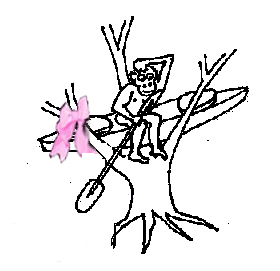
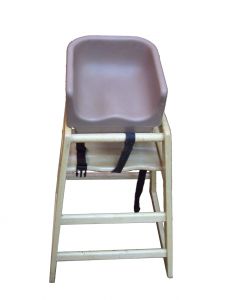
Sit & Set and even "Sot"
There is no "Setted" and no "Sot", although I have heard both used in a sentence.
Some folks will say "Come on in and SET a spell." It's not grammatically correct, but is an American regional style of language and correcting the speaker would be insulting. Sometimes certain Americans say "I SOT down there and listened to the program." Also a regional speaking style. If they were making a formal speech, someone should correct their grammar; however, for everyday use among friends and townspeople, no harm is done.
To sit is the infinitive of the intransitive verb sit, in the meaning of making oneself sit with legs folded or bent at the knee, on any surface. It is intransitive because it means that the subject of the sentence is taking action. This verb means that the sentence subject (the doer) does nothing to anything or anyone else and does not, therefore, indicate a direct object. So, sit is something that a person, animal, robot or clockwork toy, even a cartoon inanimate object, does to oneself. All of these entities may sit on or in the objects pictured to the right: a nice chair, a high chair, a dentist's chair, an innovative chair made from a shopping care, or a tree. Notice that the monkey and the boat are both SITTING in the tree.
SIT is conjugated below:
- I SIT in my favorite chair every afternoon, reading the newspaper.
- I SAT here yesterday.
- I WILL SIT in this chair every afternoon this week
- I AM SITTING here right now as I speak to you on my iPhone.
- I HAVE SAT here for an hour, waiting for you to call me.
ANNOUNCEMENT: SET has no place in the conjugation of SIT.
To set is an infinitive of the transitive verb set: causing someone else or something else to be placed onto a surface. It is transitive because it means that the subject of the sentence is taking action on someone else or something else -- A direct object is mandatory! So, SET is something that a person, animal, robot or clockwork toy, even a cartoon inanimate object, does to another being or object.
SET is conjugated as:
- I SET my newspaper on the table nightly.
- I SET my newspaper on the table last night.
- I WILL SET my newspaper on the table tonight.
- I AM SETTING my newspaper on the table right now as I speak.
- I HAVE SET my newspaper on the table nightly all week long.
ANNOUNCEMENT: Do not use SIT or SAT when you mean SET.
NOTICE: You will not SET people around a table for dinner. You SEAT them. Just add one letter to SET and you have the right word: SEAT.
- Tonight I SEATED my friends at the spaghetti dinner at church.
- Yesterday I SEATED them at the lasagna dinner at school
- I WILL SEAT them tomorrow at the awards banquet.
- I HAVE SEATED my friends at many dinners and luncheons in the past.
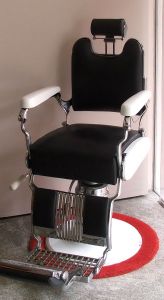
Other Interesting Rules for English Grammar
-
THEN or THAN? Which is correct?
A fun exercise and song video help to make sense of these words.
- Frustrating English Grammar: Which Is Correct: "in-person" or in person?
Which phrase is correct in proper English grammar -
- Who or That - English Grammar and Idioms
English grammar can be difficult and confusing, but it can reduce us to giggles in the processing of sorting it all. Here are some guidelines for the use of




